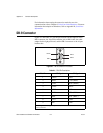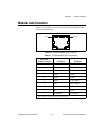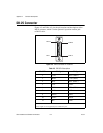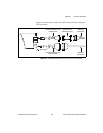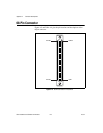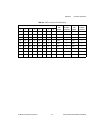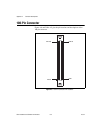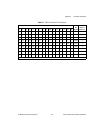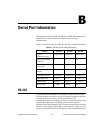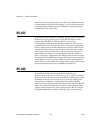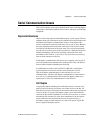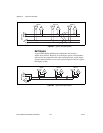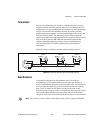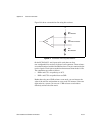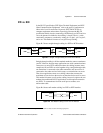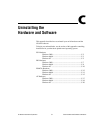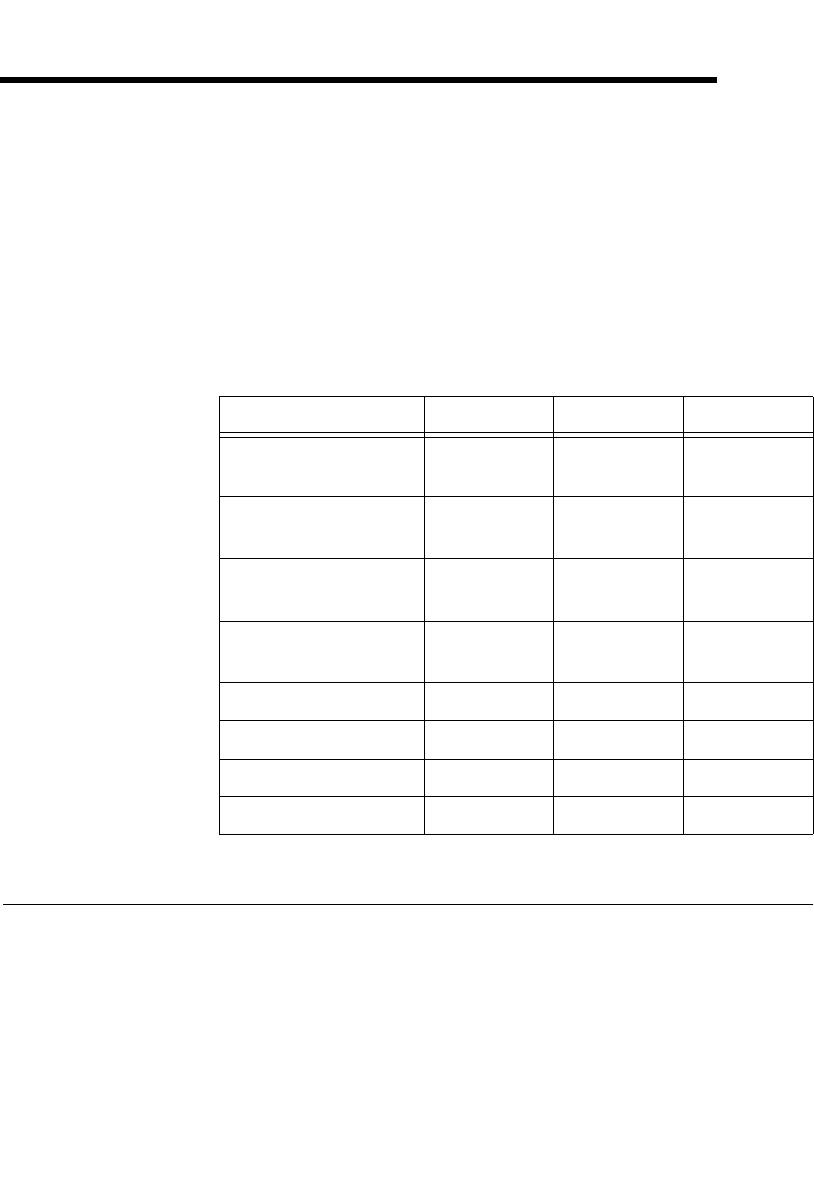
© National Instruments Corporation B-1 Serial Hardware and Software for Windows
B
Serial Port Information
This appendix describes the RS-232, RS-422, and RS-485 standards and
explains some of the issues involved with these types of serial
communication.
Table A-1 lists the features of the RS-232, RS-422, and RS-485 standards.
RS-232
As specified in the ANSI/EIA-232-D Standard, Interface Between Data
Terminal Equipment and Data Circuit-Terminating Equipment Employing
Serial Binary Data Interchange, RS-232 standardizes serial
communication between computers, and between computer terminals and
modems. Most applications use the RS-232 standard to interface
peripherals to personal computers. RS-232 usestransmission lines in which
the state of each signal is represented by referencing the voltage level of a
single line to ground. RS-232 was designed for serial communication up to
Table B-1. RS-232, RS-422, and RS-485 Features
Feature RS-232 RS-422 RS-485
Type of
transmission lines
Single ended Differential Differential
Maximum number
of drivers
1 1 32
Maximum number
of receivers
1 10 32
Maximum cable
length
50 ft 4,000 ft 4,000 ft
Maximum data rate 20 kbytes/s 10 Mbytes/s 10 Mbytes/s
Maximum CMV ±25V ±7 V +12 to –7V
Driver output 5to25V 2to6V 1.5 to 6 V
Driver load >3kΩ 100 Ω 60 Ω



